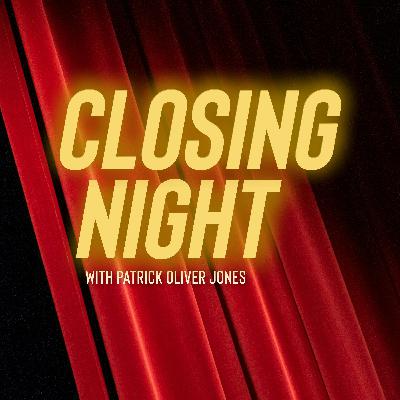Face Value
Description
Talking about race in the theater has never been easy, and back in the late ’80s and early ’90s it could feel downright hostile. When conversations around representation and casting came up, especially on Broadway, they often turned into battles where the establishment closed ranks and those pushing for change were left on the outside. Last time, we explored one of the most heated examples of that tension: the uproar over Miss Saigon casting a white actor, Jonathan Pryce, in the role of a Vietnamese character.
For playwright David Henry Hwang, that experience of protesting against the system and losing left scars he would eventually process through his art. Fresh off the success of M. Butterfly, he set out to write a farce called Face Value, a play built on mistaken racial identities and inspired directly by that controversy. But unlike his earlier triumph, this one stumbled badly—closing in previews and becoming one of Broadway’s most infamous flops. Today we’ll look back at how Face Value came to be, why it collapsed so quickly, and how even in failure it left its mark on the conversation around race and representation on stage.
---
Click here for a transcript and list of all resources used. Produced by Patrick Oliver Jones and WINMI Media with Dan Delgado as co-producer. Theme music created by Blake Stadnik.
Other background music includes: "Quickening" by malictusmusic and "Relaxed Background" by Music for Creators, both licensed under a Attribution 4.0 International License.
Learn more about your ad choices. Visit megaphone.fm/adchoices
























